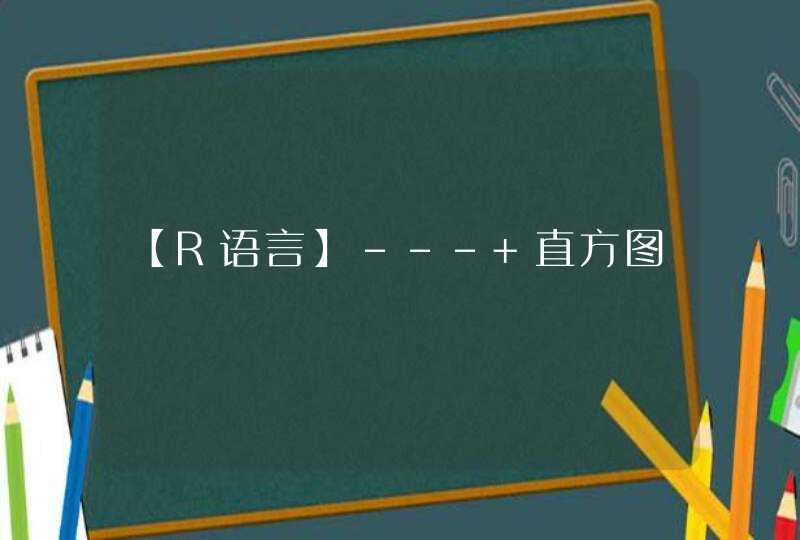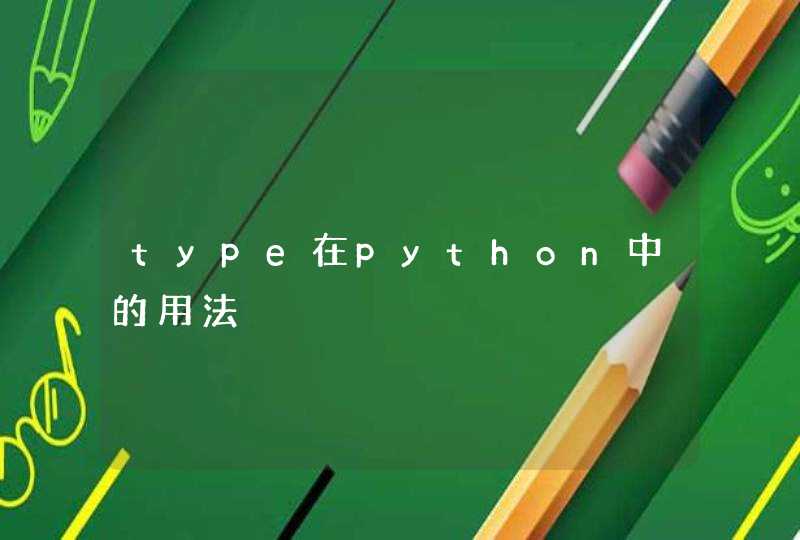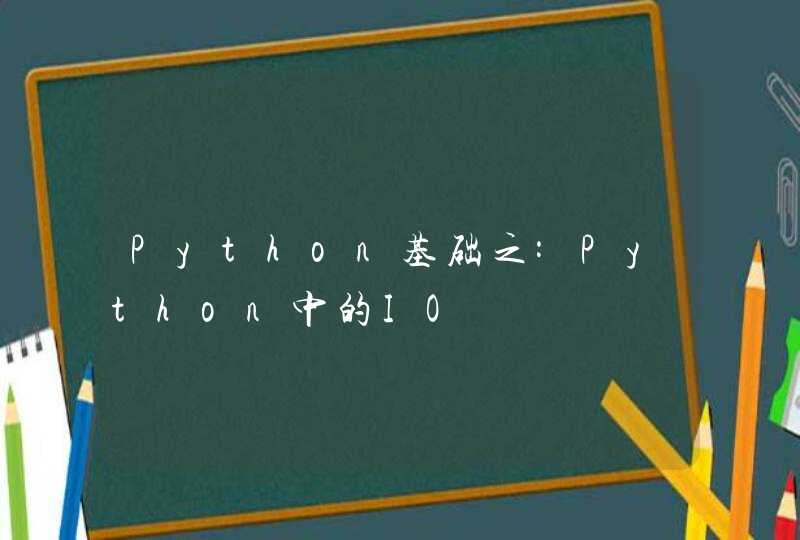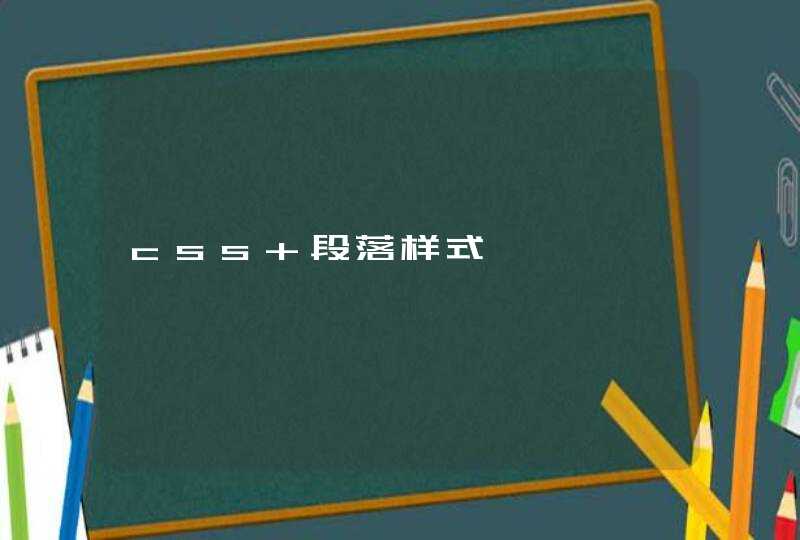
1. type.convert()函数主要用在read.table()函数中,返回向量和因子类型,当输入为double型时会丢失精度。
>type.convert(c('abc','bcd')) # 返回因子类型
[1] abc bcd
Levels: abc bcd
>type.convert(c(as.double(1.12121221111),'1.121')) # double型丢失精度
[1] 1.121212 1.121000
2. 如果一个文件包含有小数位的数据,通过read.table()函数读取时,会指定为numeric类型。
新建一个文件num.csv包括小数
1,2,1.11
2.1,3,4.5
用read.table读取文件,并查看列的类型。
>num<-read.table(file="num.csv",sep=",") # 读文件
>num
V1 V2 V3
1 1.0 2 1.11
2 2.1 3 4.50
>class(num)
[1] "data.frame"
>class(num$V1)# 查看列的类型为numeric
[1] "numeric"
3. tools包用Rdiff()函数的参数useDiff为FALSE时,与POSIX系统的diff -b命令类似。
新建文件num2.csv
3,2,1.11
2.1,3,4.5
用Rdiff()比较两个文件num.csv和num2.csv。
>Rdiff('num.csv','num2.csv',useDiff = FALSE)
1c1
<1,2,1.11
---
>3,2,1.11
[1] 1
4. 新函数anyNA(),结果与 any(is.na(.))一致,性能更好。
>is.na(c(1, NA))
[1] FALSE TRUE
>any(is.na(c(1, NA)))
[1] TRUE
>anyNA(c(1, NA))
[1] TRUE
5. arrayInd()和which()函数增加useNames参数,用于列名的匹配。我在测试过程,不太理解这个参数的意义。
>which
function (x, arr.ind = FALSE, useNames = TRUE)
6. is.unsorted()函数支持处理原始数据的向量。
>is.unsorted(1:10) # 排序的向量
[1] FALSE
>is.unsorted(sample(1:10)) # 无序的向量
[1] TRUE
7. 用于处理table的as.data.frame()函数和as.data.frame.table()函数,支持向provideDimnames(sep,base)函数传参数。我在测试过程中,也不理解具体是什么更新。
8. uniroot()函数增加新的可选参数extendInt,允许自动扩展取值范围,并增加返回对象参数init.it。
>f1 <- function(x) (121 - x^2)/(x^2+1) # 函数f1
>f2 <- function(x) exp(-x)*(x - 12) # 函数f2
>try(uniroot(f1, c(0,10))) # 在(0,10)的区间求f1函数的根
Error in uniroot(f1, c(0, 10)) :
f() values at end points not of opposite sign
>try(uniroot(f2, c(0, 2))) # 在(0,2)的区间求f2函数的根
Error in uniroot(f2, c(0, 2)) :
f() values at end points not of opposite sign
>str(uniroot(f1, c(0,10),extendInt="yes")) # 通过extendInt参数扩大取值搜索范围
List of 5
$ root : num 11
$ f.root: num -3.63e-06
$ iter : int 12
$ init.it : int 4
$ estim.prec: num 6.1e-05
>str(uniroot(f2, c(0,2), extendInt="yes")) # 通过extendInt参数扩大取值搜索范围
List of 5
$ root : num 12
$ f.root: num 4.18e-11
$ iter : int 23
$ init.it : int 9
$ estim.prec: num 6.1e-05
9. switch(f,)函数,当参数f是因子类型时,会出警告提示,需要转换字符串参数。
>switch(ff[1], A = "I am A", B="Bb..", C=" is C")# ->"A" # 警告提示
[1] "I am A"
Warning message:
In switch(ff[1], A = "I am A", B = "Bb..", C = " is C") :
EXPR is a "factor", treated as integer.
Consider using 'switch(as.character( * ), ...)' instead.
>switch(as.character(ff[1]), A = "I am A", B="Bb..", C=" is C") # 转型为字符串处理
[1] " is C"
10. 解析器已经更新,使用更少的内存。
R语言中的几种数据结构一 R中对象的5种基本类型
字符(character)
整数 (integer)
复数(complex)
逻辑(logical:True/False)
数值(numeric:real numbers)
查看对象类型的命令:class(x)
二 R语言中有如下几种数据结构:
向量 vector() 组内元素必须类型一致,否则将会被强制转换。
(1) 创建向量的三种方式:
<span style="font-size:18px">x <- vector("numeric", length = 10)
x <- 1:4
x <- c("a",12,TRUE)</span>
(2) 强制转换的几个函数:
as.numeric(x) / as.character(x) / as.logical(x)
矩阵 matrix()一列一列的填充元素
按行合并:rbind()按列合并:cbind()
数组 array() 可以有多个维度
列表 list() 可以包含不同类型的元素
因子 factor()
(1) 分类数据/有序 vs. 无序
(2) 整数向量+标签(label)(优于整数向量)
Male/Female vs. 1/2
常用于lm(),glm()
(3) levels设置基线水平
table() 查看因子信息unclass() 去除因子属性日期
x <- Sys.Date() 得到系统当前日期
julian(x) x距离1970-01-01的天数
时间 POSIXct / POSIXlt
POSIXct:整数,常用于存入数据框 as.POSIXct()
POSIXlt:列表,还包含星期、年月日等信息。as.POSIXlt()
strptime(x, format = "...") 将一般格式转化为时间格式
































































